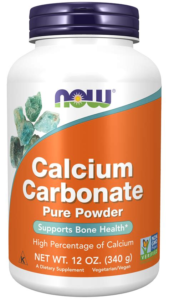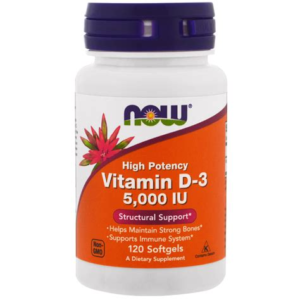The warm summer days and longer daylight hours make this time of the year some of my favorite days to go for a run. Like many runners, it is easy to get caught up in the enjoyable early and late hours and run a few too many miles. Unfortunately, those extra miles can cause discomfort in the form of a bone stress reaction or a stress fracture. It is normal and healthy for our bones to withstand microdamage, however stress reactions can occur when the microdamage to the bone outweighs the body’s natural ability to repair the damage. These stress injuries for many athletes frequently occur in the lead up to a major race, event, or season.
So, what can we do to prevent these injuries?
1. Make training adjustments gradually
Any dramatic increase in the frequency, duration, or intensity of your workouts can raise your risk for stress fractures. Most stress fractures occur as athletes are preparing for a big race or season. If you want to add time or intensity to your training program, do so over the course of weeks or even months, depending on your goals. For example, runners who want to safely up their mileage are encouraged to follow the 10% rule, meaning their miles should not increase more than 10% of the total from week to week.
For athletes preparing for the upcoming season, their offseason preparations are crucial to prepare them for the rigors of everyday practices and intense games. Athletes that go into a season not conditioned are the most likely to suffer from a stress fracture because of the dramatic increase in overall activity and stress on their bones.
2. “Rest” is okay
Periodization is an organized plan of training, usually breaking training cycles into blocks of time separated by “rest” periods. And by “rest” we mean conditioning activities different from your standard training, not sitting on the couch. This allows us to help improve bone cell mechanosensitivity. This means we can prevent our bone cells from becoming complacent and help them continue to adapt proportionally to the continued loads of training.
Likewise, rest days in the middle of intense training periods are just as important as the grueling workout that you have planned. Be purposeful with your rest and intentional on when you are going to rest. Don’t simply react when you feel tired or sore or believe you already have a stress reaction.
3. Have some variety
Play a variety of sports early in childhood. The years from birth through puberty provide a window of opportunity to accrue bone mass. Early sport specialization has been associated with an increased risk of overuse injury.
If you are past that point in life, look to change your training load in the offseason. Don’t simply just change your running speed or intensity, find a different sport. Try rock climbing to build lean muscle mass. Look to strength training to add some extra weight. Maybe pick up a dance class to improve your coordination, mobility, and flexibility. Anything that improves your all around athleticism will help you to reduce your susceptibility to stress reactions or other injuries.
4. Move in multiple directions
Bones adapt in accordance to the direction they are loaded in. Unidirectional sports may not give our bones enough variability to resist loading in different directions. Sports and activities requiring jumping and landing in different directions allow for building healthy bones. Try playing a pickup game of basketball, pickleball, or volleyball. Look at performing some yoga several days a week as a great way to teach your body how to move in multiple planes of motion.
5. Check your form
Poor technique can be a common cause of stress fractures. This is especially true among recreational athletes. Try training with a more experienced athlete and gain some tips on your form. Runners trying to avoid a stress reaction should look to shorten their stride length and focus on a softer and quicker foot landing. Changing form can be difficult and lead to secondary problems, please feel free to reach out to us with questions about running or lifting form.
6. Get enough Vitamin D and Calcium

 Both of these nutrients are important for bone health, so make sure you’re getting the recommended daily amount for your gender and age. Please make sure that any supplement that you use is a high quality, easily absorbable product. Many calcium supplements contain sources like Calcium Carbonate, a non-absorbable form of calcium that will simply take a scenic ride through your digestive tract before you deposit it in the toilet.
Both of these nutrients are important for bone health, so make sure you’re getting the recommended daily amount for your gender and age. Please make sure that any supplement that you use is a high quality, easily absorbable product. Many calcium supplements contain sources like Calcium Carbonate, a non-absorbable form of calcium that will simply take a scenic ride through your digestive tract before you deposit it in the toilet.
At [Core] we want you to stay injury free so you can continue to train and perform at your best. It is our goal to keep you on the field or on the road so you can be healthy and healthier than you have ever been.
Stock up on Calcium and Vitamin D they are 10% off this week!

Daryl C. Rich, D.C., C.S.C.S.





